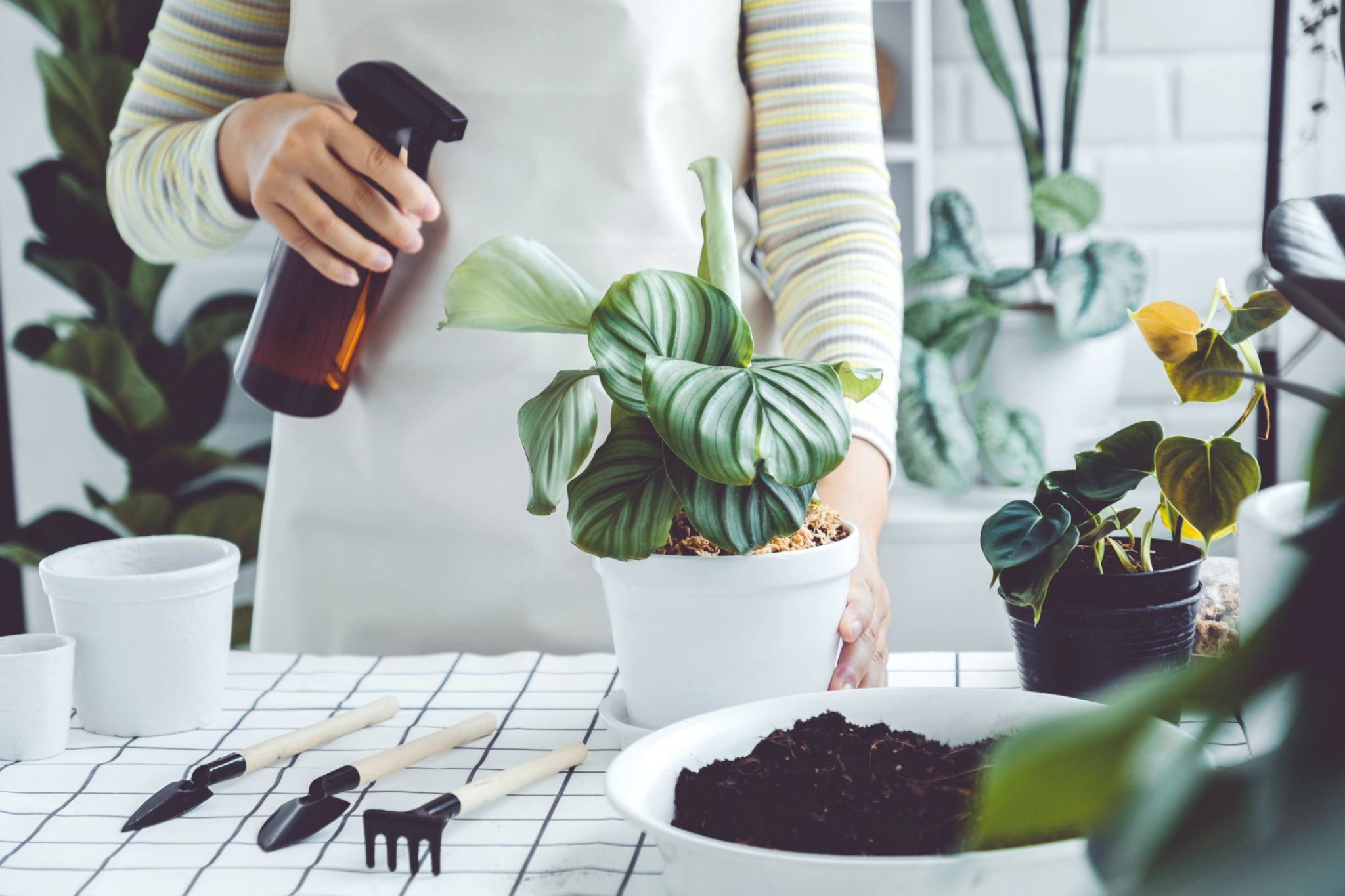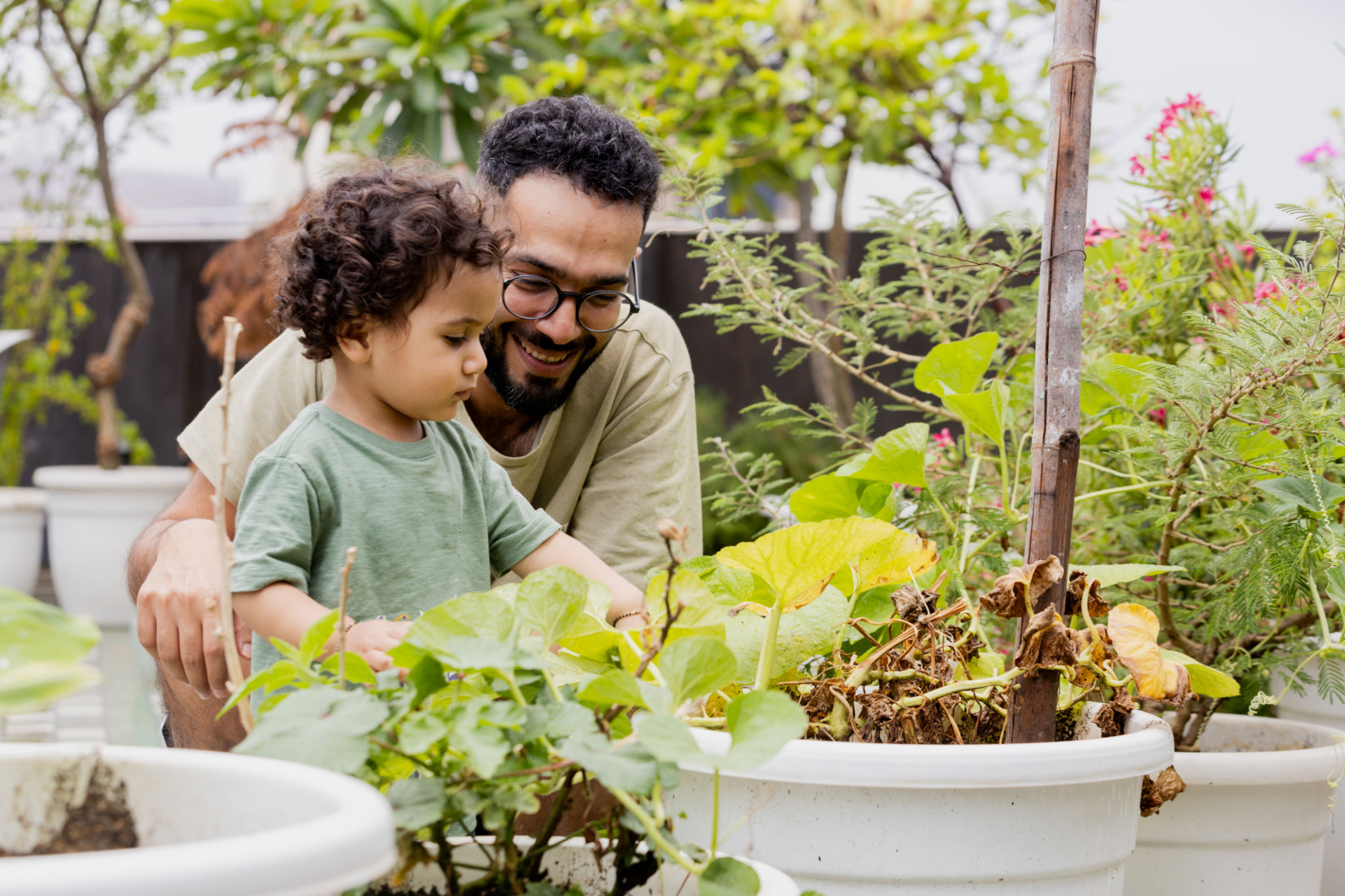Transform Your Living Space: The Benefits of Air-Purifying Plants
Enhance Your Home Environment
Transforming your living space into a haven of tranquility and health is easier than you might think. By incorporating air-purifying plants, you can significantly enhance your home's environment. These plants not only add a touch of nature to your interior design but also help in maintaining a clean and healthy atmosphere.
Indoor air quality is often overlooked, yet it plays a critical role in our overall well-being. Many household items release volatile organic compounds (VOCs) and other pollutants. Air-purifying plants act as natural filters, absorbing these toxins and releasing fresh oxygen, which can be particularly beneficial for those with allergies or respiratory conditions.

The Science Behind Air-Purifying Plants
NASA's Clean Air Study has shown that certain indoor plants can remove up to 87% of air toxins in just 24 hours. These plants work by absorbing pollutants through their leaves and roots, where they are broken down by microorganisms in the soil. This natural process not only improves air quality but also contributes to a more serene and calming atmosphere.
Some of the most effective air-purifying plants include:
- Spider Plant: Known for its ability to remove formaldehyde and xylene.
- Peace Lily: Excellent for removing ammonia, benzene, and trichloroethylene.
- Bamboo Palm: Effective at filtering out formaldehyde and is also safe for pets.

Choosing the Right Plants for Your Space
Selecting the right air-purifying plants for your home depends on several factors, including light conditions, humidity levels, and space availability. For low-light environments, consider plants like Snake Plant or English Ivy. These are hardy options that thrive in less-than-ideal lighting conditions.
For homes with brighter spaces, options like Aloe Vera and Rubber Plant can add both aesthetic appeal and air-purifying benefits. It's also important to consider the size of the plant relative to your space. Larger plants such as the Boston Fern can make a bold statement while effectively purifying the air.
Creating Your Indoor Garden
Creating an indoor garden doesn't require a green thumb. Start small by introducing one or two low-maintenance plants. As you become more comfortable with plant care, gradually expand your collection. Grouping plants together can also enhance their air-purifying capabilities as they work collectively to clean the air.

Consider using decorative planters and unique arrangements to integrate these plants seamlessly into your decor. Hanging planters or wall-mounted options offer creative ways to add greenery without taking up valuable floor space. Additionally, rotating your plants occasionally ensures they receive even light exposure, promoting healthy growth.
The Long-Term Benefits
Incorporating air-purifying plants into your living space offers long-term health benefits. Beyond improving air quality, these plants can also boost productivity, reduce stress levels, and enhance overall mood. Studies have shown that having greenery indoors can help reduce mental fatigue, leading to increased focus and creativity.
Moreover, taking care of plants can be a therapeutic activity, providing a sense of purpose and relaxation. The routine of watering, pruning, and nurturing your indoor garden can become a meditative practice that positively influences your mental well-being.

Conclusion: A Breath of Fresh Air
Transforming your living space with air-purifying plants is a simple yet effective way to enhance your home's environment. Not only do these plants offer aesthetic value, but they also contribute significantly to better air quality and overall well-being. Whether you're looking to create a peaceful sanctuary or improve your health, incorporating these natural elements into your home is a step toward a healthier lifestyle. Embrace the power of nature and breathe easy with the addition of air-purifying plants in your living space.